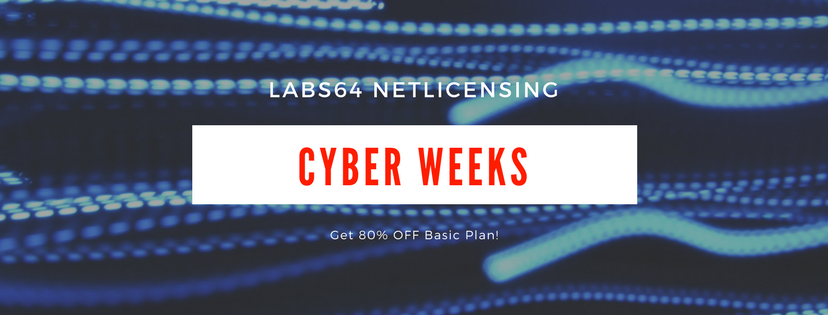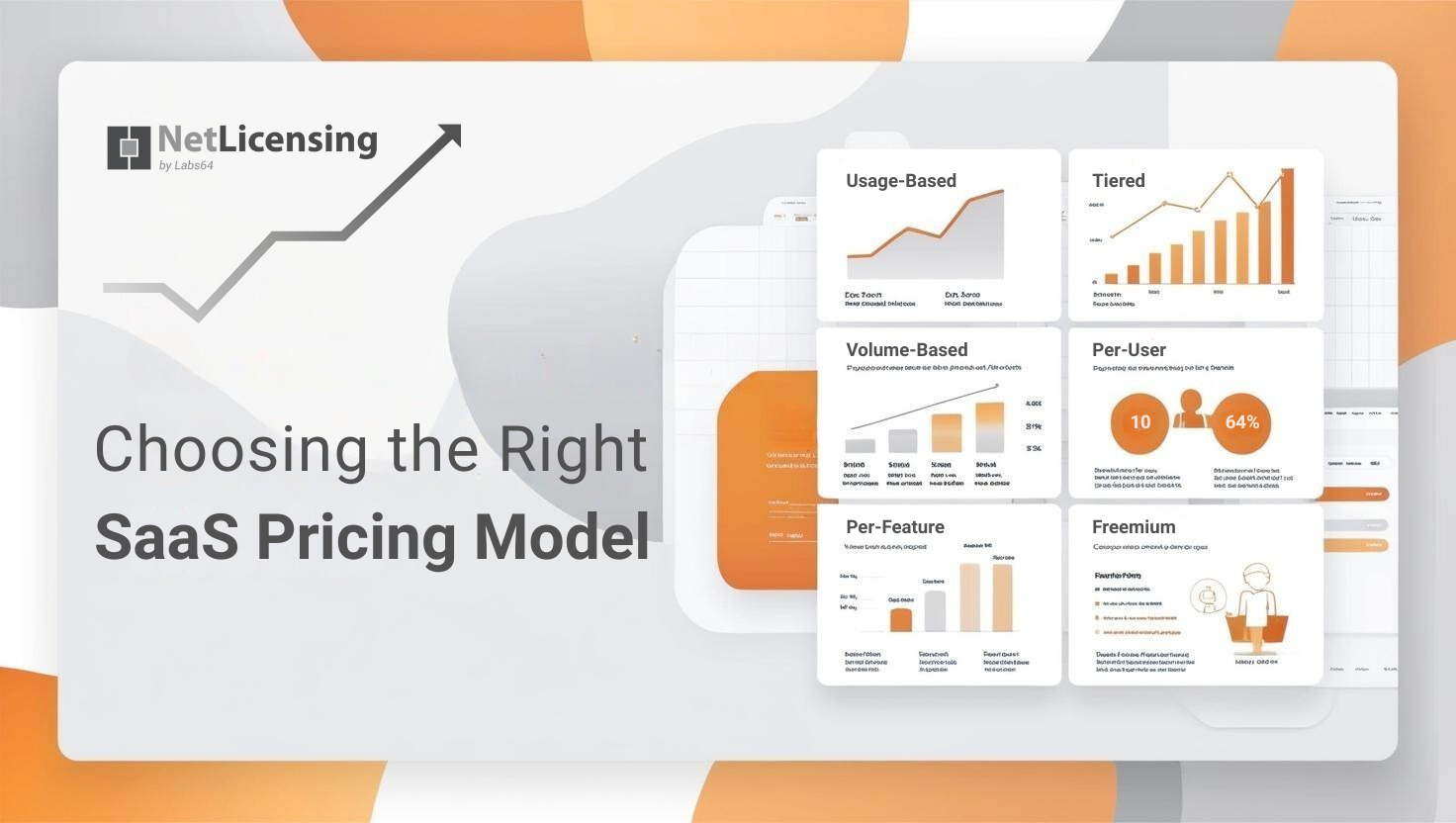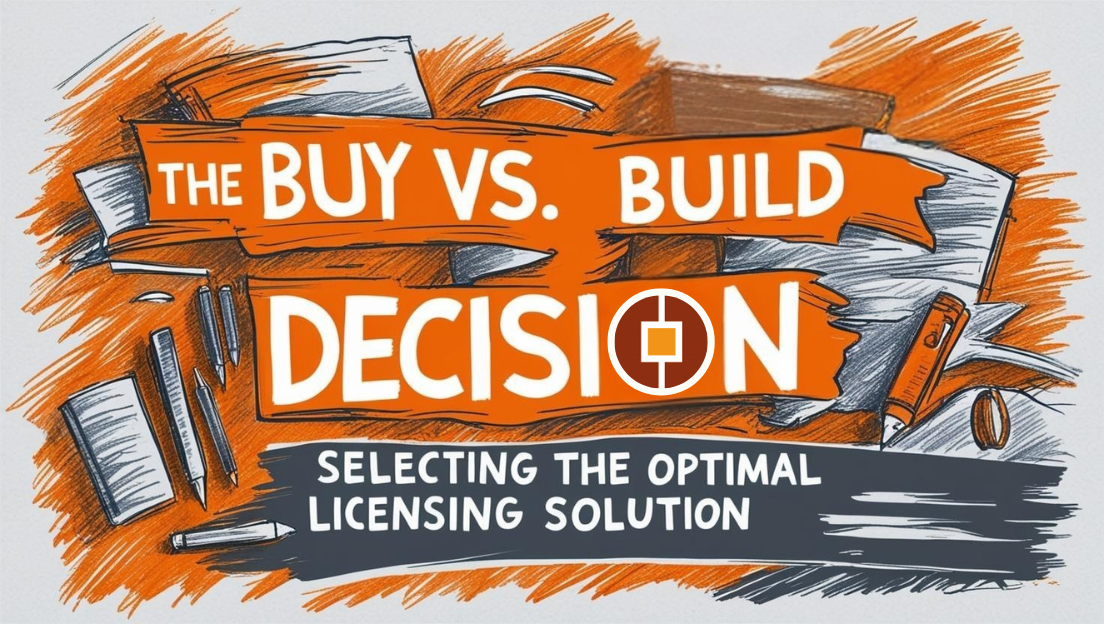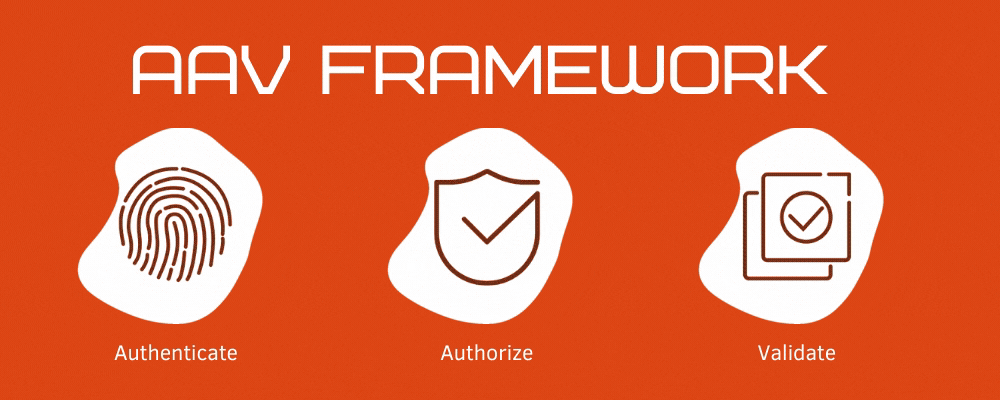Understanding Software Pricing Models

Licensing is perhaps the biggest issue that many system administrators face and is one which can cause endless issues if it is improperly managed. When it comes to understanding the different pricing models that exist for licensing; a difficult decision becomes almost impossible. In recent years there has been a clear divide between the two main models and we will try to explore those in more detail here. In order to not overcomplicate the discussion; we will refer to them as ‘owned’ (with on-going support) and ‘leased’.
The first and often most significant factor in making a decision about licensing is cost. Can you, or your business afford the license? The traditional model for licensing has been a large one-off payment where you ‘own’ the software but can continue to pay an annual fee - known as software assurance - which will grant you the right to continue to upgrade to the latest versions of the software and have access to premium support. This is often very expensive and you should carefully consider what it is that you stand to gain by buying the software outright.
The leased, or subscription-based license model is one which has risen to prominence in more recent times as a way of making premium software available to all and simplifying the purchase process by rolling all of the costs of ëownershipí into a single recurring payment. Unlike a one-off license payment, where you can continue to use the software but choose to stop paying for software assurance - with a subscription model you are committed to paying forever, or lose access to the software.
There are benefits to both these models, and you should not only consider the cost but also the lifetime of software and technology. Which is typically 3 to 5 years within most organizations.
Secondly, you should consider what it is that you want to achieve as a business and what role the software will play in that;
- Do you want to own the software you use and have the right to continue using it as long as it meets your requirements
- Do you want to keep you up front costs down, but account for the on-going expense of a software subscription
- What are the material benefits of each model to you and your company?
- Which will be easier to ësellí to your CEO or Executive Board as a worthwhile investment?
If you are able to purchase software that you intend to use for the foreseeable future (3+ years) should you do so and thereby increase your profit margin in future. Alternatively, if you do not have a great deal of capital but are in need of the software, can you afford smaller monthly payments - accounting for the fact that it will have a perpetual impact on your overall profit each year.
If you purchase the license outright, then it becomes an asset but as time passes it will depreciate in value. Software which you are ëleasedí is unlikely to be considered an asset and therefore can not be included in the net worth of the company. However, as it will remain a business expense it will be possible in certain countries to use the cost to reduce your overall tax bill as it will count as being a tax-deductible business expense.
This is something that you should investigate yourself and you should consider the pros and cons of having a business that has a high asset value, thereby potentially increasing itís appeal to investors versus one that can reduce itís tax bill through carefully managed expenses.
Finally, you should think about the flexibility (or otherwise) of the two different models. One of the reasons that subscription based licensing has become so popular in recent years is because it has removed the expensive cost of upgrading that has caused many system admins to keep their users on older software for longer than recommended because they have simply been unable to afford the cost of the upgrade.
A subscription model does mean a constant expense, but like when you lease a car or an office you know exactly how much it is going to cost you and you are able to budget for it according;
- A fixed cost solution
- No need to pay for software assurance
- Access to latest releases as soon as they become available
- Full support
- Tax benefits
- Lower risk
If however, you are purchasing software that would cost more as a subscription over the lifetime that you plan to use it, you do not plan to upgrade in that time and you have the necessary budget - then an outright license may be the better choice.
Image Credits: © NeONBRAND - unsplash.com







